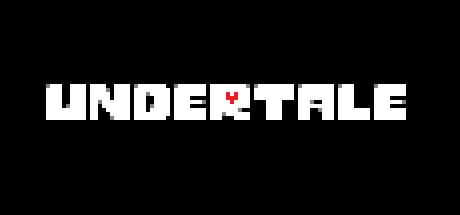Well, let’s get right into it, I guess, haha!
So when we first started off, we established early on that we wanted to create a game with a strong narrative and the opportunity for Jenn (our visual director) to work on character portraits and design – these are jobs we want in the field so what better time to gain some experience and portfolio fodder than right now?
I also wanted a dog as our main character. For me, when a player sees a dog, they perceive it as ‘innocent’. Animals aren’t associated with morals like humans are, it isn’t often when you hear of a dog committing a crime or evil act. This, added with the symbolic tropes associated with dogs (loyalty, best friend, loving) provided for powerful tools to be used when playing with player emotion.

With these criteria in mind we came to the conclusion that a narrative RPG that focused on player influenced character development was our strongest option – LET ME RUN IT DOWN FOR YOU.
Okay – so I wanted to make a game that had a narrative that evoked player empathy: how would we achieve that? Since we were aware that Jenn wanted to design characters, we also weighed the option of having a game with multiple characters a lot more in order to give her more room to stretch those Art Legs. With that in mind, we referenced narratives in media that were widely regarded for the strong emotions they evoked through their characters and we started building a reference list to see what their key element was.
Undertale

Undertale by Toby Fox, is an roleplay game that uses bullet hell mechanics and simple puzzles as its core gameplay mechanics. However, the charm of this game that resonates with many players were the characters in this game and their quirky behaviour and pure intention. The game had three distinct endings: one good, one neutral, and one where you could cause those characters an extreme amount of suffering. Naturally, players would replay the game three times to experience the content but some players had bonded with these characters to the point that they would rather deny themselves more content than to commit to consequences that would affect their positive experience.
I just want to see one that’s not boring to play. One with interesting characters. One that utilizes the medium as a storytelling device as much as possible, instead of having the story and gameplay abstractions be completely separate. – Toby Fox
Observations:
- Undertale is also roughly a seven hour experience, providing the player with time and content to bond with these characters.
- These characters had no malicious intent and had personality quirks/flaws that players could easily identify with
- Having narrative branches that diverged sharply with contrasting choices caused each player to have a unique and personal experience
Grey’s Anatomy

Grey’s Anatomy by Shonda Rhimes, is a critically renowned medical drama that is on its thirteenth season. It is well known for its diverse cast of characters and the constant development and growth of characters over thirteen years. Arguably, the show’s greatest strength is the fact that the majority of its current audience have watched and grown with these characters, seeing these characters struggle, bond, and succeed – rather than sympathizes, the audience empathizes since they were there with them.
Observations:
- People feel extremely strongly with characters they grow with
- Having your audience understand why a character does the wrong thing does not make it any less wrong but incites internal conflict and empathy from your audience
- Realistic struggles to overcome (society, self, family) are things people easily identify with
And I could go on (we had more) but these two sum up most of the recurring themes we kept seeing: players need time with the characters to grow together, players empathize with things they identify with (struggles + traits), players will defend their experience.
So we decided to create a town filled with residents that are going nowhere with their life – they have goals but for whatever reasons, they cannot reach those goals. You, as the player, enter with your own separate goal but throughout your quest, you can choose to either help them, hinder them, or just plain ignore them. This would lend itself into a personalized cast of characters that would be customized to the player and it would affect the ending of the game.
One of the characters in the game that we began to develop initially begins as a resident who talk a lot about the things she’s going to do. As the player continues to learn more about her, they realize that she’s all talk and she never does. If they prod her, she becomes defensive, creating excuses as to why she can’t do it just yet, it’s not her fault, etc. If they continue, she could potentially end up blaming the player for her troubles.
I digress and continue. WE HAVE MORE TO DISCUSS. (Follow Me To My Office)
References
Hogan, Sean (May 25, 2013). “Toby Fox’s Undertale – DEV 2 DEV INTERVIEW #1”. Seagaia. Retrieved September 29, 2016